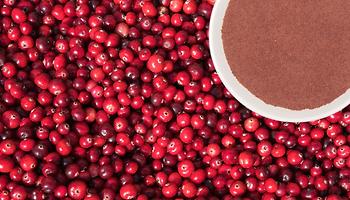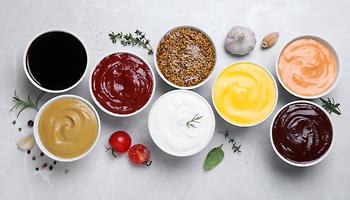Our Blog

What Are the Health Benefits of Cranberries?
While cranberry sauce may be the go-to form on Thanksgiving, cranberry juice, cranberry extract, raw cranberries, and dried cranberries can all be used in a variety of ways. Moreover, though, the cranberry is a nutritional powerhouse that provides a number of important health benefits.

Adding Flare: Trending Sauces and Condiments
For high-end chefs in the most exclusive restaurants, sauces have long been the heroes of flavor. Rather than just an afterthought, these additions can actually be the star of the dish when done right and when done with the best ingredients.

Understanding the Health Benefits of Butternut Squash
After the pumpkin, one of the most common and popular foods associated with autumn is the butternut squash. From savory favorites like butternut squash soups and stews to sweeter items like pies or muffins, the nutty flavor of this gourd is usable in ways similar to the sweet potato. But besides being a tasty addition to a fall dish, butternut squash is also loaded with nutrients that provide numerous health benefits.

The Latest Flavor Combinations for Autumn
With the arrival of autumn, food manufacturers are rolling out new products that fit the spirit of the season. With cooler, crisper air and the leaves changing colors, consumers are looking for flavors that offer a feeling of warmth and coziness.

What Are the Health Benefits of Pumpkin?
If you had to pick one piece of produce that perfectly symbolized the fall in both flavor and color, the pumpkin would at least have to be in the conversation. The pumpkin is surely iconic in many ways, but it is also surprisingly full of vitamins, minerals, and other nutrients that offer a wide variety of health benefits.

Ingredients for a Healthier Breakfast
Recognition of the need for healthier breakfast options has prompted many food producers to rethink key ingredients, and the most direct way to a healthier meal is incorporating more fruits and vegetables. The basic truth is that plant-based foods tend to be relatively low in calories at the same time as being more filling because of their higher fiber content.

What’s New in the Pet Food Industry?
The more our pets have become like family members, the more we have invested in feeding them well. In recent years, a wave of innovation and transformation in the pet food industry has seen new products emerge that are healthier, more sustainably produced, and more in line with our personal beliefs.

Sustainability: Protecting Our Planet
The Earth is a vast place with many natural resources and the truth is that our resources are finite. The effort to responsibly use the available resources without compromising the ability of future generations to meet their own needs is generally referred to as sustainability, and at Silva we’re proud to do our part to protect the planet.

Organic vs Non-GMO? Understanding Food Labels
When consumers go to the grocery store these days, they are often confronted by a lot more information than really ever before. Some of the labels that have become more common are “organic,” “non-GMO,” “all natural,” or “clean,” but what do these terms mean? And how are they different from one another?

What Is Food Fortification?
Food fortification is a method of introducing nutrients to foods that wouldn’t otherwise be present. While this method has evolved over time, dehydrated vegetables are now one of the best ways to make foods healthier.